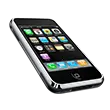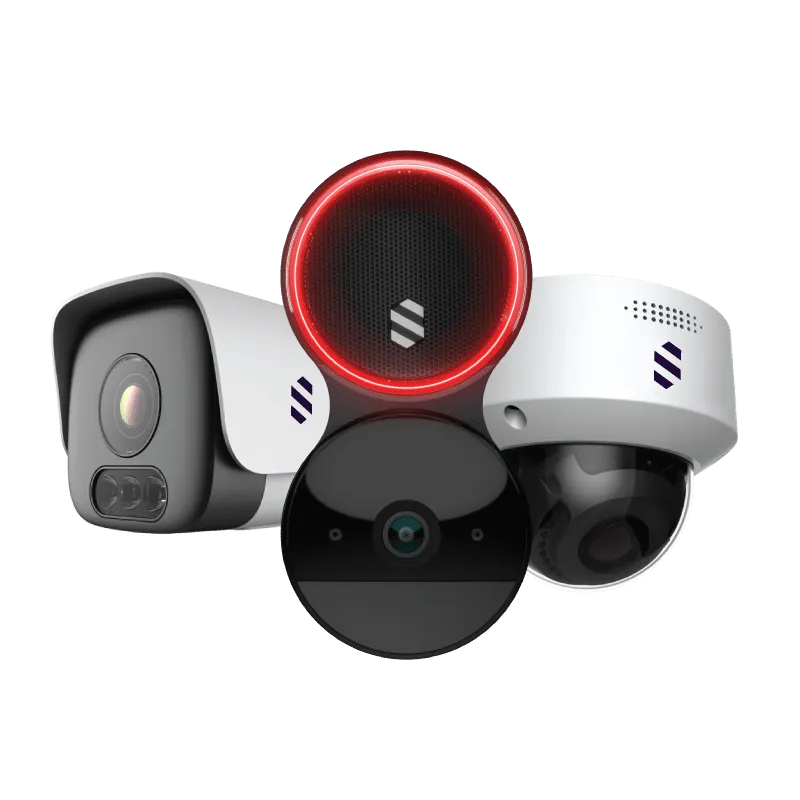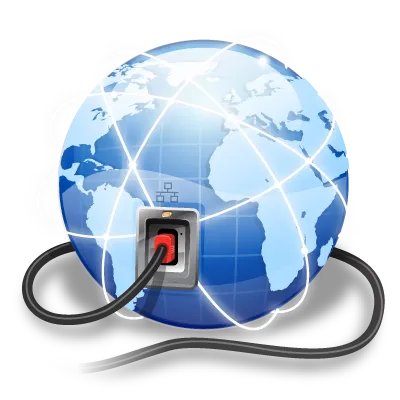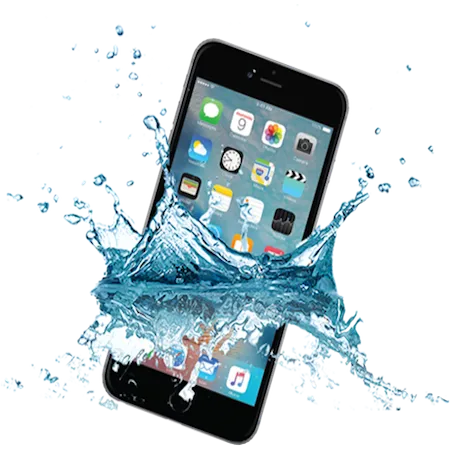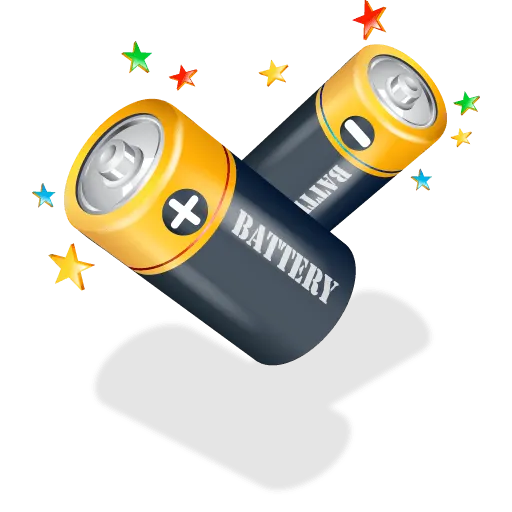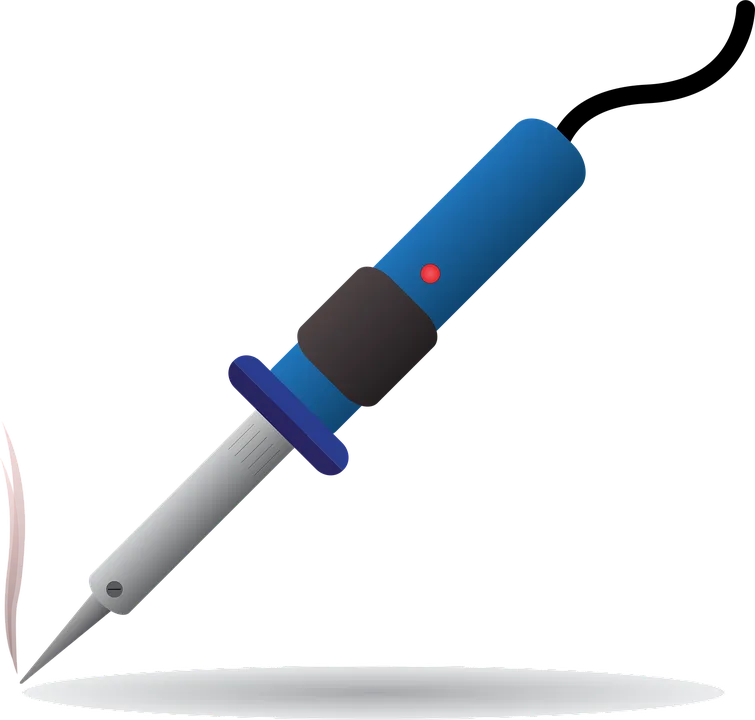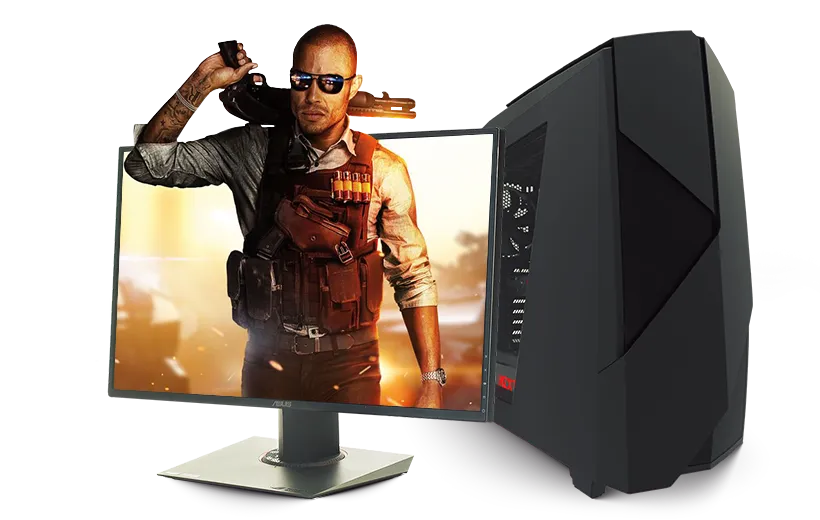Welcome to
xfixit
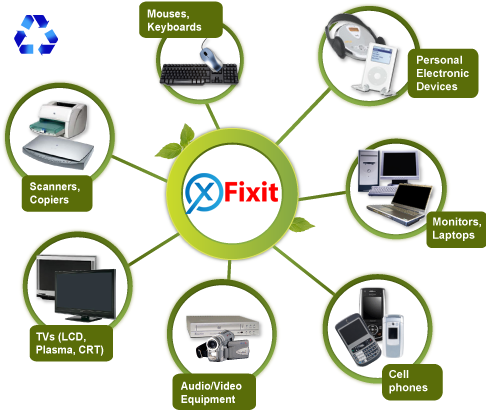
xFixit iPhone Repair Shop Orange County, Orange California MacBook, Computer, iPad,Samsung
We take pride in a 1 hour or less service time on most repairs. While we specialize in battery replacements & cracked screens / glass replacement we also provide solutions for water damaged phones, tablets and laptops, charging port issues, logic board damage, soldering repairs, & free diagnostic on all electronics issues.
We have a huge stock of Apple iPhone, iPad, iPod, MacBook and Samsung Galaxy phone and Tablet replacement parts. Our staff brings decades of experience to every repair in order to guarantee customer satisfaction every time. xFixit is Orange county’s leading iPhone / iPad / iPod / Mac / Laptop / MacBook / Samsung / LG / Motorola repair center.
WHAT WE DO.
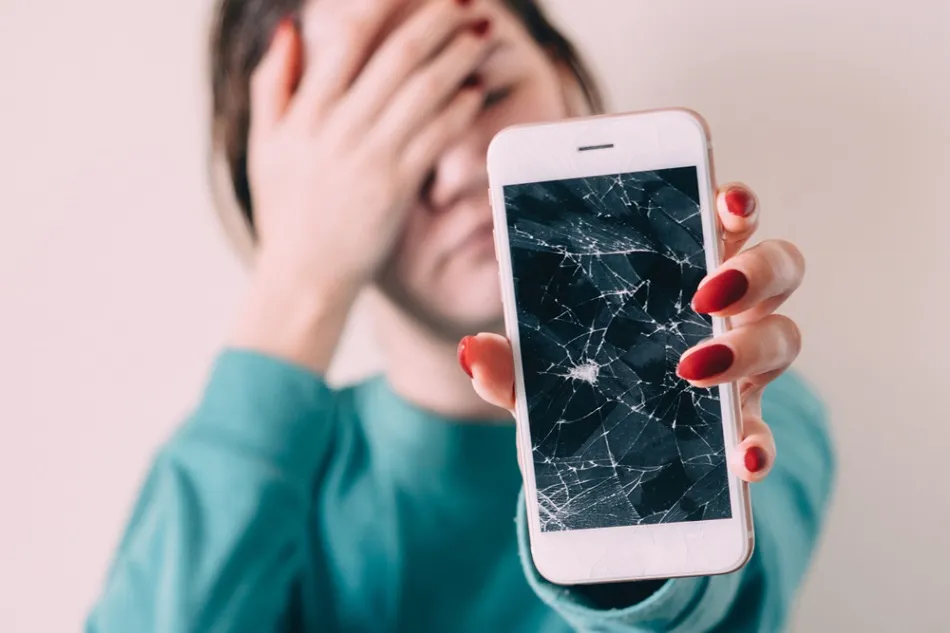 |
01SCREEN REPAIR.We can replace the screen on your phone or laptop |
02BATTERY.Changing a battery on laptop or Macbook, iPhone, Android |
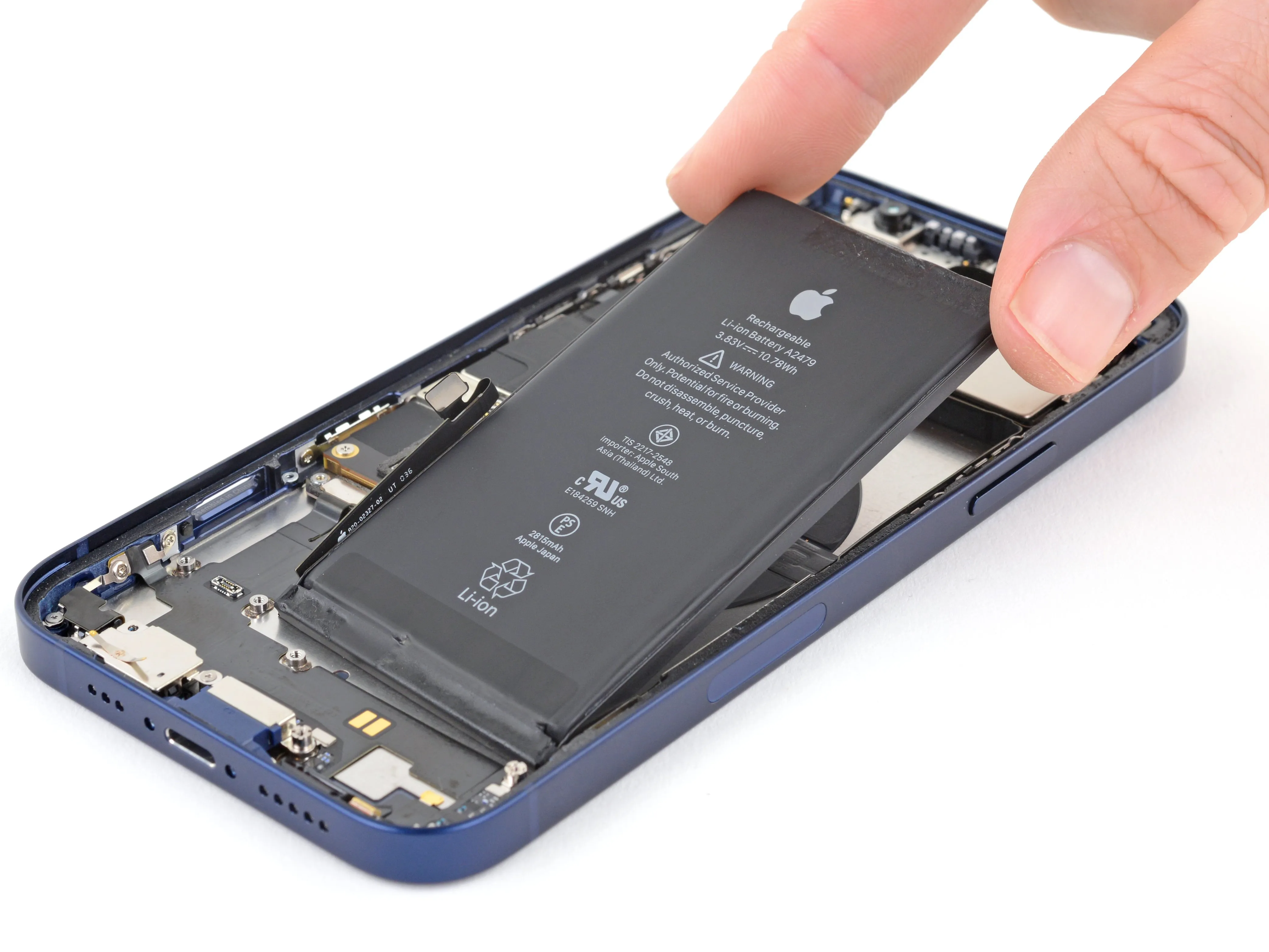 |
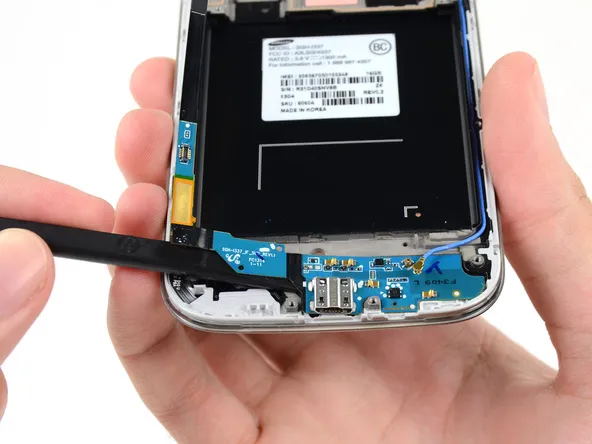 |
03CHARGING PORT.Change a charging port on your phone or laptop |
04LOGIC BOARD.We do logic board repair on Macbook or iPhone |
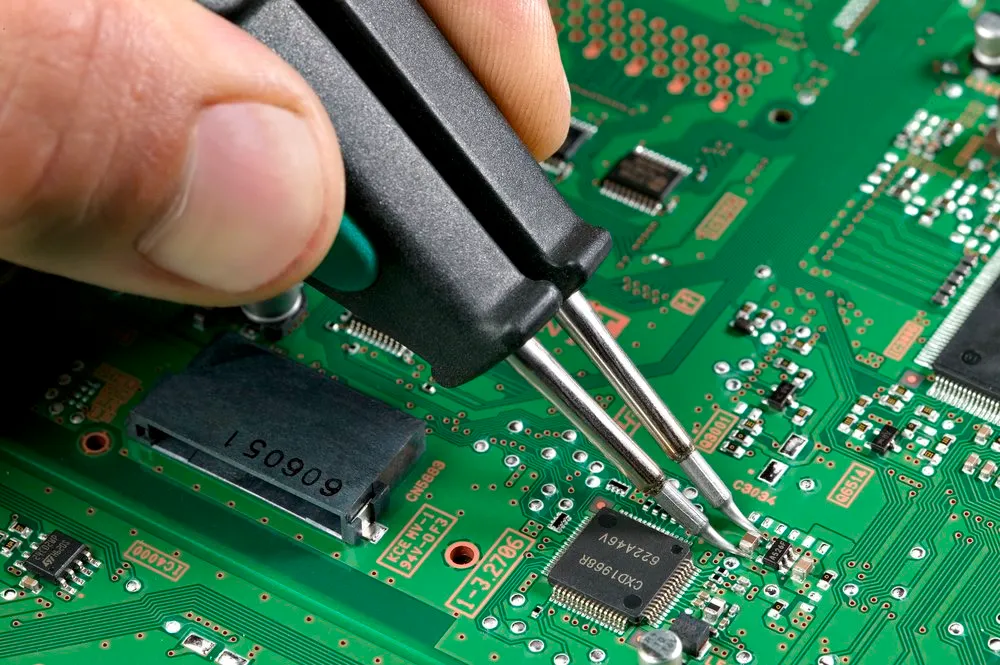 |
SCHEDULE SERVICE
CONTACT INFORMATION
Do not hesitate to contact or come to us if you have any problem with your electronic devices. You can find us here:
- 2736 E Chapman Ave
Orange,CA 92869 - +1(714)941-9220
This email address is being protected from spambots. You need JavaScript enabled to view it.
OPENING HOURS
- Monday09:30– 18:00
- Tuesday09:30– 18:00
- Wednesday09:30– 18:00
- Thursday09:30– 18:00
- Friday09:30– 18:00
- SaturdayClodsed
- SundayClodsed
SHORTLY ABOUT US
xFixit or Fixit Solutions Inc.
specialize in electronics repair and service. We take pride in being number one in quality and service in Irvine California . Our expert technicians bring decades of experience to every repair. We go above and beyond to give every client an affordable satisfying experience backed by quality and our professional guarantee.
The pros at xFixit can fix just about ANY make and model smartphone. Not only are they fast, efficient and expertly trained, but our repairs are almost always much cheaper and more convenient than going through your insurance.




